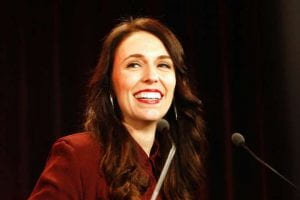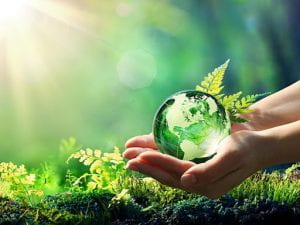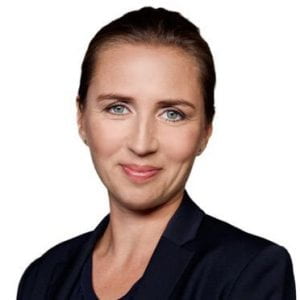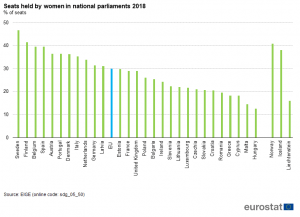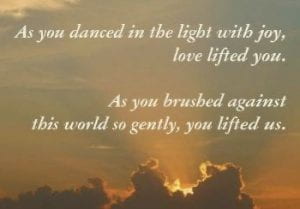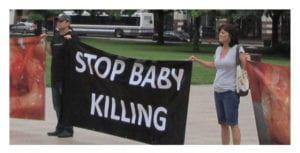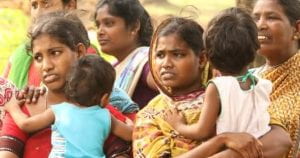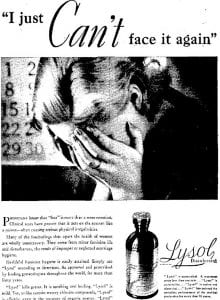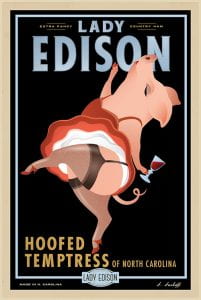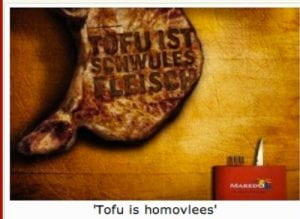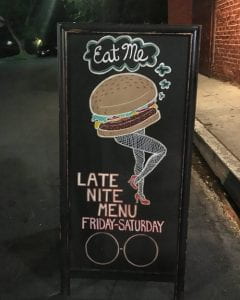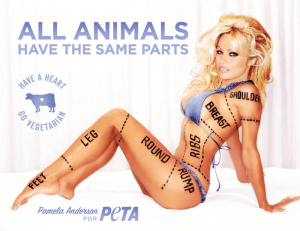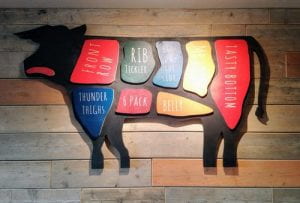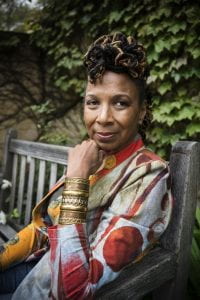
Intersectionality is a term coined by Kimberlé Crenshaw in 1989. Crenshaw wanted to draw attention to how underrepresented black women were in the feminism movement. She felt it was important that we understand that not all women are united under the cause of feminism. Click on the photo of Crenshaw for her Ted Talk on Intersectionality.
An example of intersectionality is; What oppresses me, as a white woman living in California is very different than what oppresses a black woman living in the south. Intersectionality is a term that is used to explain the web of various ways in which a person is oppressed in society. Audre Lorde is another black feminist who criticized the women’s movement for ignoring social categories and promoting a sisterhood that doesn’t exist. It’s not fair to unite women of the world to fight for equality when not all forms of oppression are considered.
Eco feminists claim to have used intersectionality long before 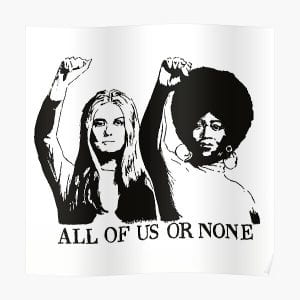 Crenshaw coined the term. “Ecofeminism is an area of study concerned with understanding the interconnectedness between the domination of women and the domination of nature.”(Kings 70) “Ecofeminist intersectionality recognizes that women are likely to be amongst those most affected by environmental degradation, with those at the margins of society often experiencing these effects to the harshest degree.” (Kings 71) Women of color face a harsher reality in the global south than do women in the north, they are most affected by environmental degradation. In the writings of animal activist and feminist Carol J. Adams, we learned about intersectionality through an ecofeminist lens. Adams wants us to understand that non-human animals and humans are interconnected. By bringing into focus the connection between nature and meat Adams connects the subjugation of women and animals in connection with nature. This explanation of intersectionality doesn’t cover all areas of life only that of women, nature, and animals. It fails to cover all other areas. I don’t feel as though Ecofeminism adequately covers intersectionality. “Although it is certainly true that ecofeminism did often engage with intersectional approaches, it did not adopt intersectionality as the conceptual tool we currently understand it to be” (Kings72).
Crenshaw coined the term. “Ecofeminism is an area of study concerned with understanding the interconnectedness between the domination of women and the domination of nature.”(Kings 70) “Ecofeminist intersectionality recognizes that women are likely to be amongst those most affected by environmental degradation, with those at the margins of society often experiencing these effects to the harshest degree.” (Kings 71) Women of color face a harsher reality in the global south than do women in the north, they are most affected by environmental degradation. In the writings of animal activist and feminist Carol J. Adams, we learned about intersectionality through an ecofeminist lens. Adams wants us to understand that non-human animals and humans are interconnected. By bringing into focus the connection between nature and meat Adams connects the subjugation of women and animals in connection with nature. This explanation of intersectionality doesn’t cover all areas of life only that of women, nature, and animals. It fails to cover all other areas. I don’t feel as though Ecofeminism adequately covers intersectionality. “Although it is certainly true that ecofeminism did often engage with intersectional approaches, it did not adopt intersectionality as the conceptual tool we currently understand it to be” (Kings72).
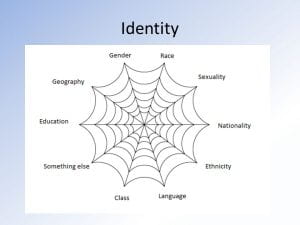
It’s important to understand that everyone has different experiences. We all see ourselves differently. As social scientist Charles Cooley wrote in his book The Looking Glass Self, “How one’s racial identity is experienced will be mediated by other dimensions of one’s self; male or female, young or old, wealthy, middle-class, or poor, gay, lesbian, bisexual, transgender or heterosexual, able bodied or with disabilities.” (Tatum 1) We are what we think others think we are. This is the concept by Cooley in which we learn about who we are through the eyes of others. If this is the case, then we will all have very different views of ourselves. Therefore, all of our experiences will be different and we cannot simply fit into one category. “A spider’s web preserves the necessary complexity of intersectionality and the potential ‘stickiness’ of cultural categories, which can often leave people stuck between two or more intersecting or conflicting social categories.” (Kings 68)
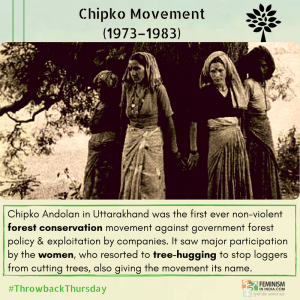
“Ecofeminism lacks a black woman’s standpoint and focuses on white women’s oppression. The ecofeminist movement, like the mainstream environmental movement has been mainly white and middle class dominated and lacks intersectionality.” (Cain)
We were introduced to Majora Carter in a Ted Talk titled Greening The Ghetto. She spoke of how black people were twice as likely to live in areas where there are greater risks to their health such as areas where pollution is greater. She also mentioned that black people are five times more likely to live within walking distance of a power plant or chemical factory (Carter). Majora Carter is working on greening up the South Bronx. She has already begun her work to create more green space. Being a black woman, who grew up poor, and in an environmentally degraded area of New York City, she represents more of a real look of how she intersects with class, gender, and race. “Black women of degraded communities are “the waste products of capitalist production and excessive consumption,” and at the front lines of environmental degradation”(Cain).
There is a great quote by Martin Luther King, Jr. wherein he stated; “No one is free until we are all free.” This is a true statement under the guise of intersectionality. We cannot become one until all life forms and beings are represented. Intersectionality reminds us that there are life forms in every area that are oppressed under various dominant groups. Audre Lorde does a wonderful job in defining oppression in America in her quote;  “Somewhere, on the edge of consciousness, there is what I call a mythical norm, which each one of us within our hearts knows “that is not me.” In america, this norm is usually defined as white, thin, male, young, heterosexual, christian, and financially secure. It is with this mythical norm that the trappings of power reside within this society. Those of us who stand outside that power often identify one way in which we are different, and we assume that to be the primary cause of all oppression, forgetting other distortions around difference, some of which we ourselves may be practicing.”
“Somewhere, on the edge of consciousness, there is what I call a mythical norm, which each one of us within our hearts knows “that is not me.” In america, this norm is usually defined as white, thin, male, young, heterosexual, christian, and financially secure. It is with this mythical norm that the trappings of power reside within this society. Those of us who stand outside that power often identify one way in which we are different, and we assume that to be the primary cause of all oppression, forgetting other distortions around difference, some of which we ourselves may be practicing.”
― Audre Lorde, Sister Outsider: Essays and Speeches
sources:
“The Intersectionality Wars.” Vox.com, www.vox.com/the-highlight/2019/5/20/18542843/intersectionality-conservatism-law-race-gender-discrimination.
Kimberlé Crenshaw graduated with a law degree in 1984 from Harvard Law. She is a professor of law at UCLA and Columbia Law School. She has published quite a few journals on the subjects of intersectionality, racism, law, and civil rights. All of which have been published in the Harvard Law Review, National Black Law Journal, Stanford Law Review and Southern California Law Review. She is well known for coining the terms “intersectionality and Critical Race Theory.” Crenshaw has been honored for her work in feminism, law, and civil rights by many prestigious universities, magazines and organizations. When people think of the term “intersectionality” they think of Kimberlé Crenshaw.
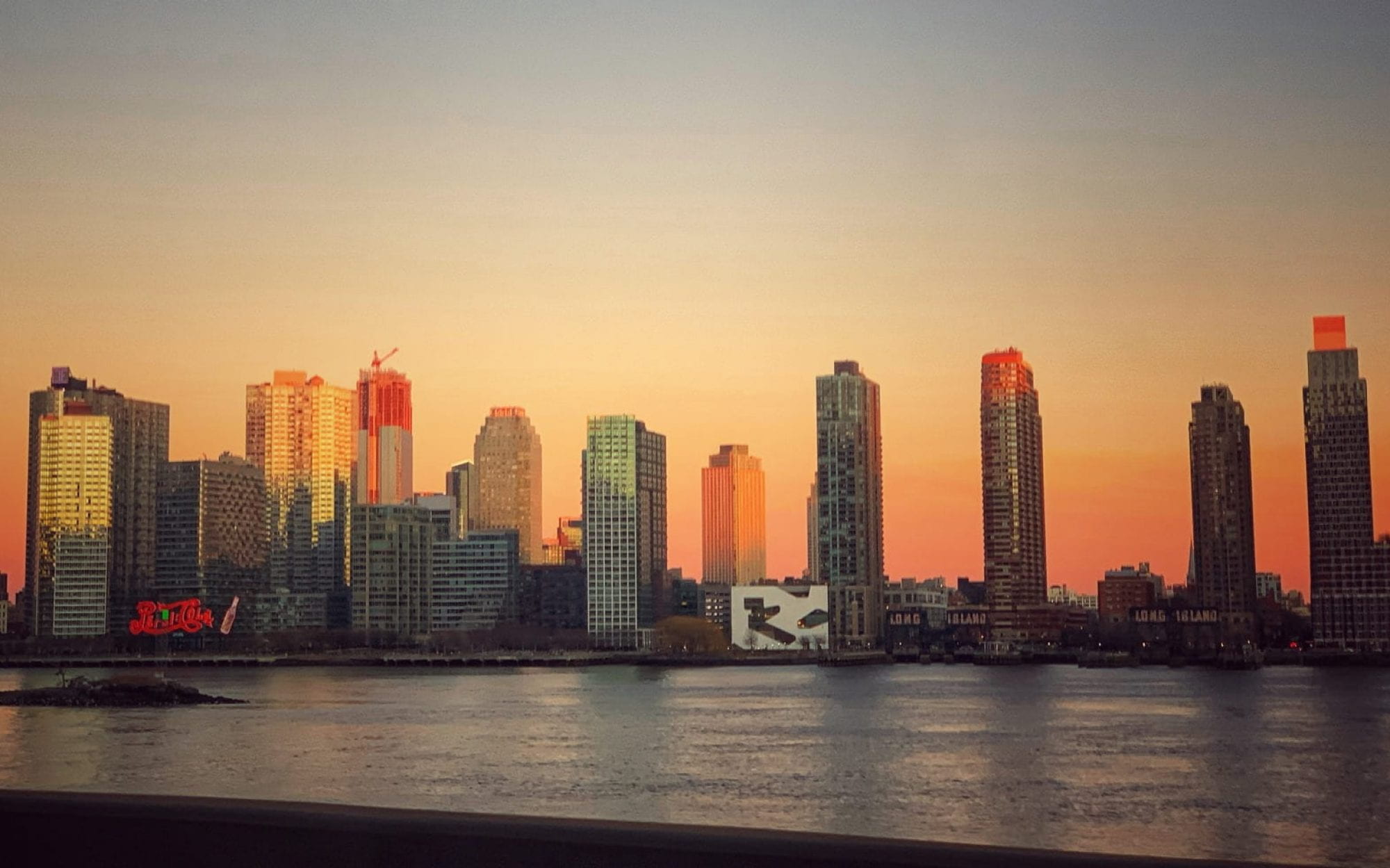
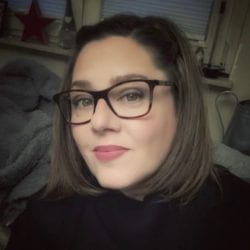
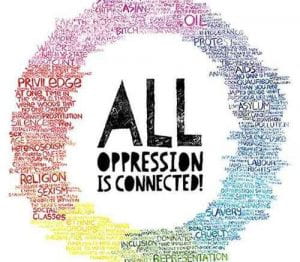 Ecofeminism intersectionality
Ecofeminism intersectionality